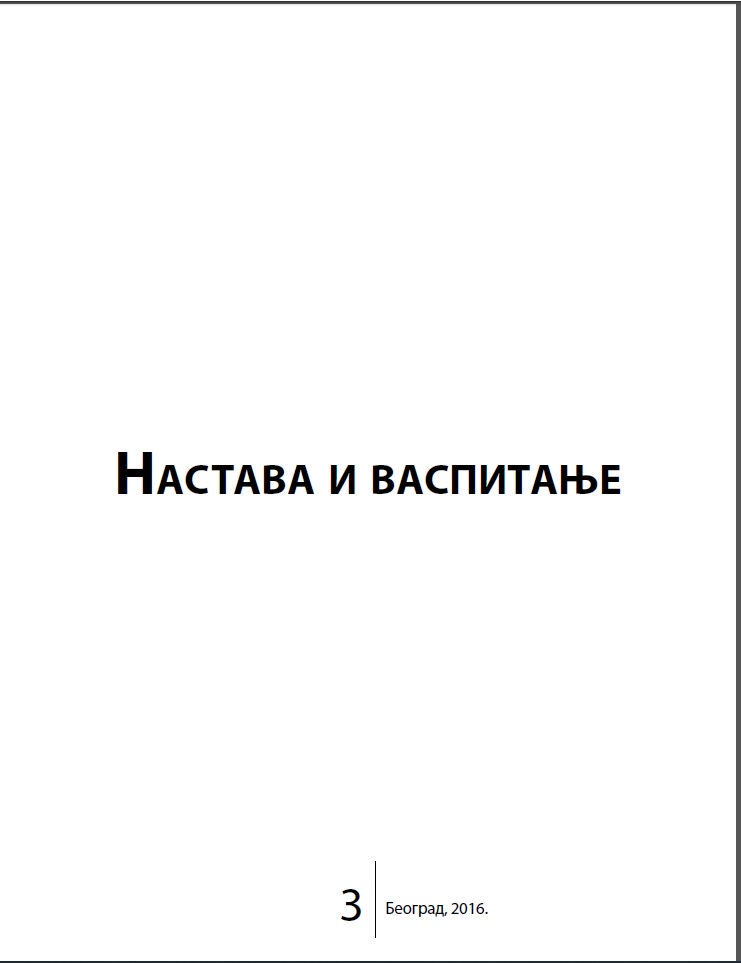Задовољство студената квалитетом наставе: ефекти године студија и академског постигнућа
Student satisfaction with teaching quality: The effects of year of study and academic achievement
Author(s): Tanja Jevremov, Biljana S. Lungulov, Bojana DinićSubject(s): Social Sciences, Education
Published by: Педагошко друштво Србије
Keywords: student evaluation; teaching quality; level of studies; year of studies;academic achievement;
Summary/Abstract: The aim of the research presented in the paper was to study the basic aspects of teaching quality and to establish the effects of students’ academic characteristics on teaching quality evaluation. The sample consisted of 534 students of the Faculty of Philosophy in Novi Sad. The students completed an evaluation questionnaire on a voluntary basis as part of the Faculty’s internal quality control. Analysis has yielded three components of teaching quality: organization of teaching, curriculum and classroom instruction. The findings indicate that fourth-year undergraduates are less satisfied with the quality of teaching organization i.e. with teachers’ competences than students in other years of study. On the other hand, second-year undergraduates and M.A. and PhD students tend to assess classroom instruction more positively than other students. There is significant statistical correlation between academic achievement and satisfaction with classroom instruction in all years of undergraduate studies, while a significant correlation of academic achievement with satisfaction with classroom instruction and curriculum was obtained from fourth-year students and M.A. and PhD students. The findings indicate the importance of taking into consideration the academic characteristics of students when analyzing the results of students’ evaluation of teaching quality.
Journal: Nastava i vaspitanje
- Issue Year: 65/2016
- Issue No: 3
- Page Range: 491-508
- Page Count: 18
- Language: Serbian

